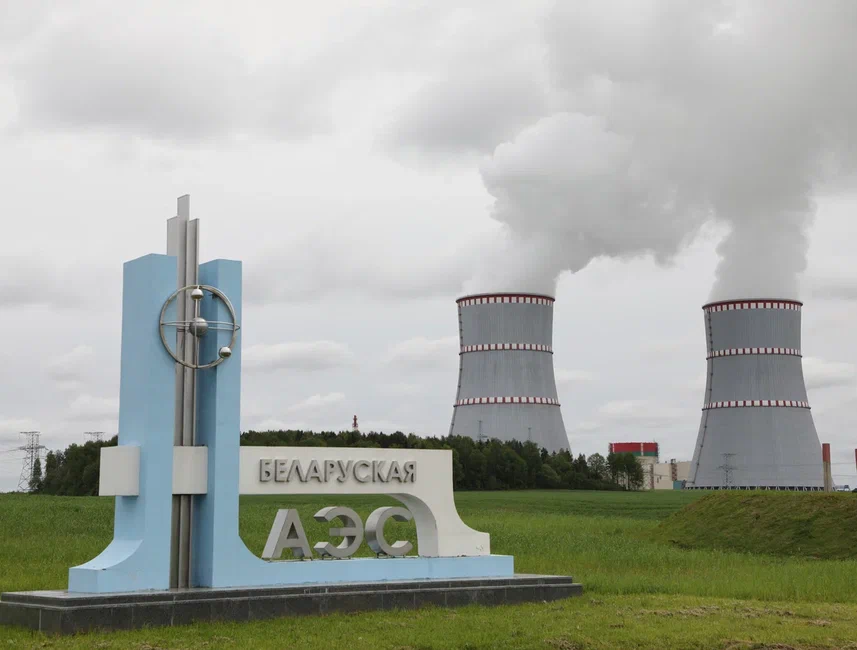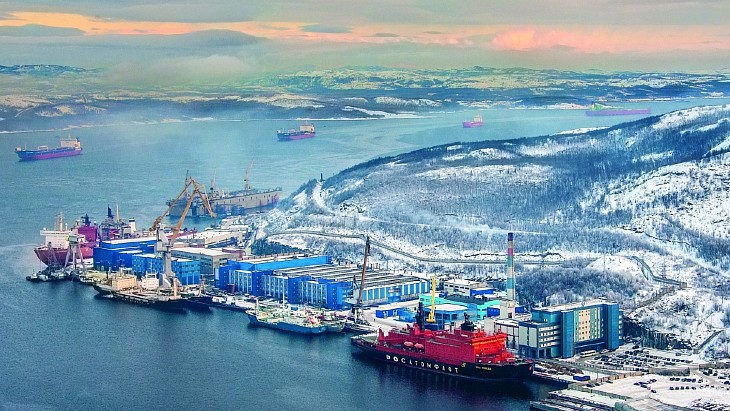Russia’s state-owned nuclear company Rosatom said the Akademik Lomonosov had started to produce electricity in the “isolated Chaun-Bilibino network” in the port of Pevek, Chukotka, which is located in the Far East area of Russia.
Described by Rosatom as the planet’s “only floating power unit,” it’s envisaged that the Akademik Lomonosov — which set sail from the Russian port of Murmansk in August — will become an important part of the Chukotka area’s power supply. It has two KLT-40C reactors which have a capacity of 35 megawatts each.
While Rosatom describes the facility as a “first of a kind”, the history of floating power plants stretches back decades: the U.S. converted a ship called the STURGIS into a floating nuclear power plant during the 1960s.
Rosatom says the floating nuclear power plant is suited to remote areas and “island states” which need stable and in its own words, “green,” sources of energy. Interest in the technology has come from North Africa, the Middle East and Southeast Asia, it claims.
Rosatom has previously said that it is already working on second-generation floating power units that will be constructed in a series and available for export.
In a statement issued at the end of August, the director general of Rosatom described the launch of the floating power plant as a “momentous occasion for our company and for the Chukotka region.”
Alexey Likhachev went on to state that the Akademik Lomonosov would “guarantee clean and reliable energy supplies to people and businesses across the region.”
While there is excitement in some quarters surrounding the scheme there are concerns surrounding nuclear power projects.
This is in part due to high profile events such as the Fukushima disaster of 2011, when a powerful earthquake and tsunami resulted in a meltdown at the Fukushima Daiichi nuclear power plant.
For its part, Rosatom has said that its floating nuclear power plant has been designed with a “great margin of safety” which exceeds “all possible threats” and makes the nuclear reactors invincible to tsunamis and “other natural disasters.”
It adds that the nuclear processes at the facility meet requirements from the International Atomic Agency and don’t pose an environmental threat.
Paul Dorfman, an honorary senior research associate at University College London’s Energy Institute, told CNBC via email that while the Akademik Lomonosov was not that significant in energy terms, it was “significant in terms of risk.”
Dorfman went on to explain via email the concerns that, in his view, people should have about the project. “It would be extremely difficult, perhaps impossible, to abate the radiological consequences of a nuclear accident in the Arctic,” he said.
All nuclear power plants, Dorfman added, were vulnerable to unforeseen external events through human or engineering-based fault conditions, which include accidental or deliberate harm.
“Accidents are by nature, accidental, and the cost of ignoring this common-sense axiom has proven to be catastrophic,” he said.
“Part of the problem is that nuclear facilities are so complicated that, given the unpredictability of unforeseen natural and other events (including terrorist attacks), it’s actually impossible to defend this floating nuclear plant with any real confidence.”
Whatever your views on nuclear power, Dorfman said, it was clear that “the possibility of catastrophic accidents must be factored in — and the risk to people and the environment as a consequence of a major incident to a floating reactor is very significant indeed.”







